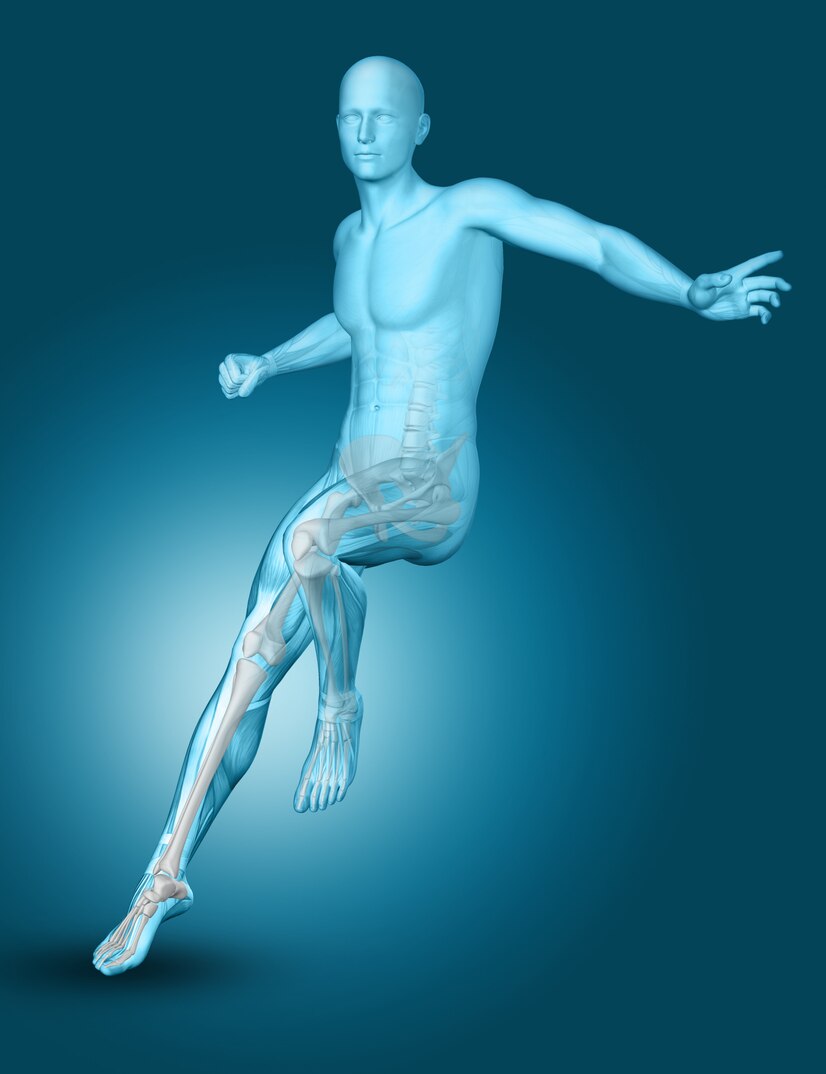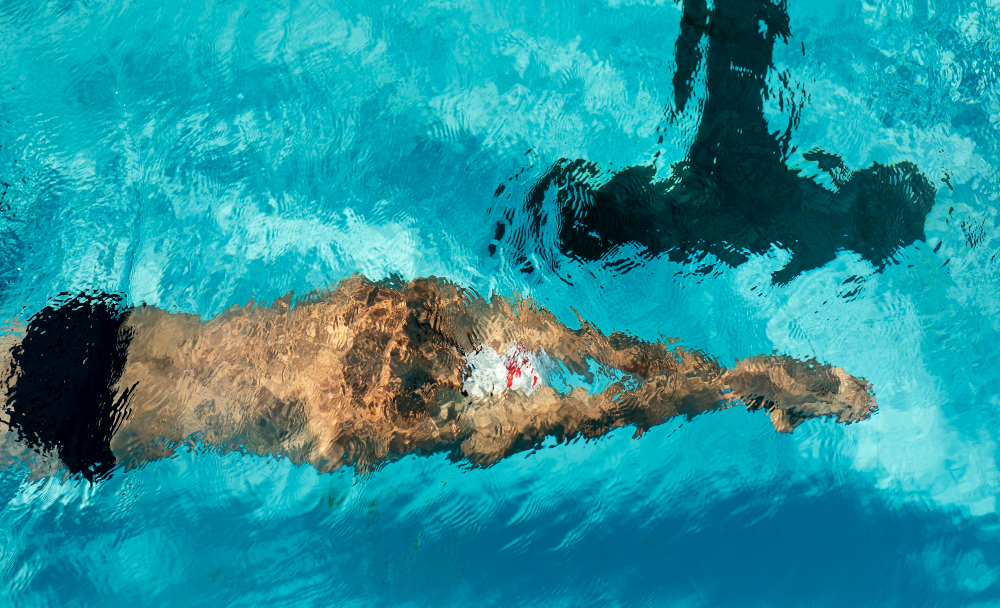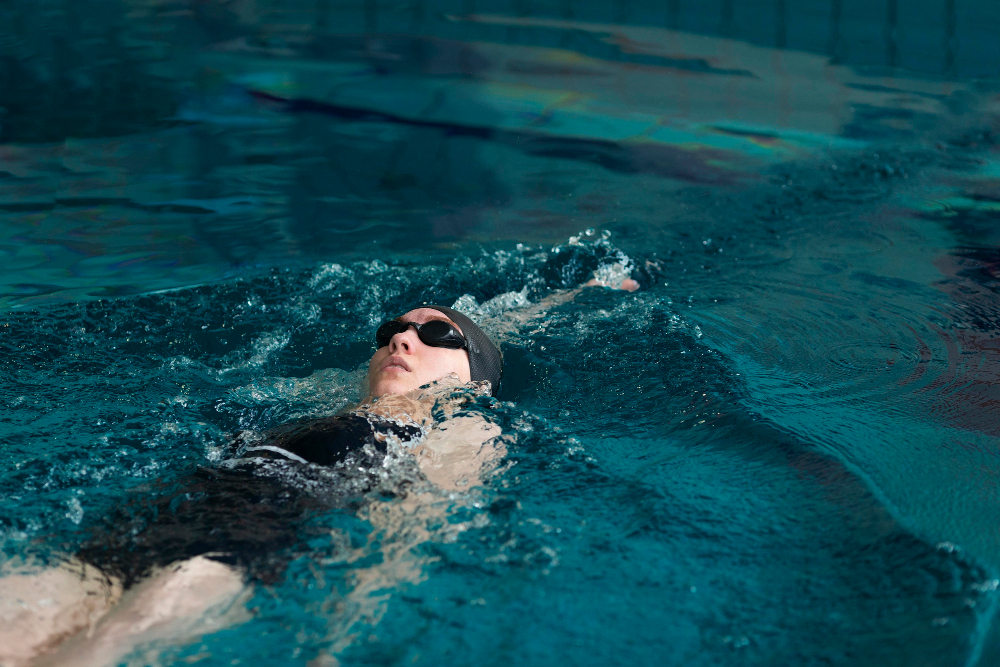Understanding how the human body works underwater is crucial for creating better ways to prevent drowning. Our bodies react very differently underwater than on land, with changes in pressure, oxygen use, and heart activity happening within seconds of going under. These changes can lead to hypoxic blackout, which is a common cause of sudden drowning, especially among skilled swimmers and free divers. Traditional safety methods often miss these invisible changes. That’s where Swim Sense comes in—a smart bracelet designed with these body changes in mind. It continuously tracks heart and lung responses and oxygen levels, spotting danger long before anyone else can see it. In this blog, we’ll look at the main challenges the body faces underwater and how wearable safety devices use medical science to respond faster and smarter in emergencies. Preventing drowning is no longer just about watching—it’s about using biology to drive new, better solutions.
Diving Reflex and Circulatory Shift
The mammalian diving reflex is an instinctive response triggered when the face is submerged in cold water. This reflex slows the heart rate and redirects blood flow from the limbs to vital organs, conserving oxygen. While helpful in survival, this shift also mimics signs of cardiovascular stress, making it difficult to distinguish between adaptation and emergency. A study from Respiratory Physiology & Neurobiology (2023) confirmed that heart rate can drop by over 50% within 30 seconds of immersion. Devices like Swim Sense are designed to track the cardiopulmonary response and recognize when natural reflexes escalate into danger. By interpreting context-specific patterns in pulse and oxygenation, the bracelet can distinguish between safe and unsafe physiological states, triggering rescue features if thresholds are exceeded.
Hypoxic Blackout and Oxygen Starvation
One common but often misunderstood cause of drowning is hypoxic blackout—a loss of consciousness caused by low oxygen levels, usually without the person realizing they are in danger. This usually happens after holding one’s breath for a long time, when carbon dioxide drops faster than oxygen, which dulls the need to breathe. People affected often look calm and don’t struggle before suddenly passing out. According to the Journal of Sports Medicine (2022), more than 70% of hypoxic drowning cases show no signs of distress before going underwater. To help prevent this, wearable devices like Swim Sense use pulse oximetry to track oxygen levels. When these levels fall below a safe point, the device sends alerts and activates flotation. These features help stop a blackout from turning deadly—acting like digital lifeguards based on how the body works.
Pulmonary Pressure and Lung Vulnerability
Underwater pressure increases with depth, compressing the lungs and affecting respiratory mechanics. The lungs are among the most sensitive organs during aquatic activity, as water pressure causes a reduction in lung volume and increased risk of pulmonary barotrauma. Even in shallow water, this pressure affects oxygen exchange and can cause light-headedness or shortness of breath. A 2023 study in Clinical Physiology and Functional Imaging notes that lung compression under water reduces oxygen efficiency by 35%. Continuous monitoring of underwater human physiology helps safety devices detect changes that aren’t visible externally. Swim Sense identifies changes in respiration rate and oxygenation that precede acute lung distress, offering early warnings through both visual and radio-based alerts.
Cardiac Drift and Temperature Extremes
Swimming in cold water exposes the body to low temperatures, which cause blood vessels to narrow and put extra strain on the heart. Over time, this can lead to cardiac drift, where the heart rate stays high even if the swimmer is moving at a steady pace. Prolonged cardiac drift is a red flag in cardiopulmonary response, often indicating fatigue or underlying oxygen issues. For children and older swimmers, this stress on the heart can sometimes lead to serious problems like irregular heartbeats or heart attacks.
To improve safety, devices like Swim Sense monitor heart rate and water temperature in real time. If the system notices unusual signs—such as a high heart rate but slow movement—it sends an alert. This use of technology helps spot early signs of heart strain, allowing swimmers to get warnings quickly. These advances create an important safety net, lowering risks during cold-water swimming and promoting safer, healthier time in the water.
Peripheral Hypoxia and Fatigue Detection
As swimmers get tired, blood flow focuses more on the core organs, leaving the arms and legs with less oxygen. This is called peripheral hypoxia, and it can affect coordination and movement. Because this change happens slowly, it’s hard to notice without special tools. Research published in the European Journal of Applied Physiology (2023) connects this condition to slips, cramps, and loss of responsiveness in tired swimmers. Swim Sense tracks pulse strength and movement at the same time, spotting early signs of fatigue. When it detects these signs, it sends visual alerts and gets flotation support ready—helping others respond before the swimmer collapses. These smart features show how safety is moving from just reacting to problems to preventing them through monitoring.
Conclusion
True water safety starts with understanding the body—how it reacts, adapts, and signals distress long before danger is visible. Underwater human physiology provides the roadmap to a smarter, more predictive form of safety. By tracking cardiopulmonary response, oxygen saturation, and fatigue indicators, modern devices like Swim Sense are built not just for emergencies but for anticipation. These technologies harness deep scientific knowledge to monitor what the eyes can’t see, helping prevent tragedies caused by hypoxic blackout or other physiological failures. The more we learn about how the body operates in water, the more intelligent and life-saving our solutions become. It’s not just evolution—it’s a physiological revolution in aquatic safety.




